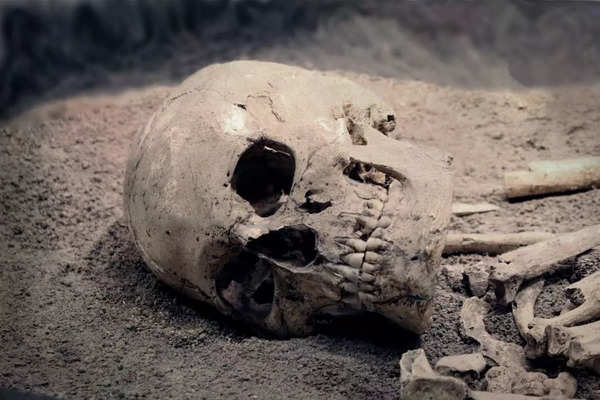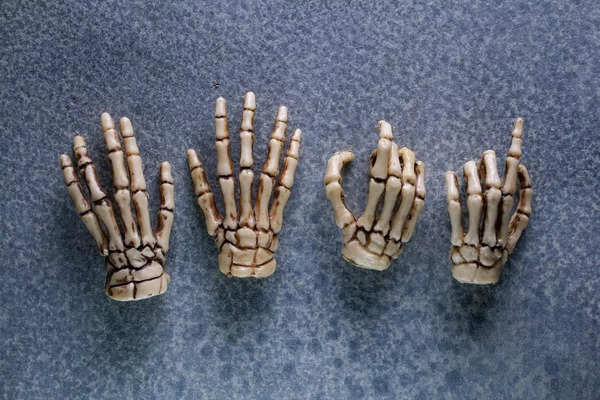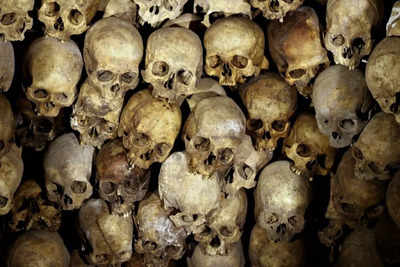Kolkata, the “City of Joy”, is a beautiful collection of colors, traditions and wisdom. Being the cultural capital of India, Kolkata is famous for its rich heritage, intellectual heritage and artistic spirit. The streets of the city are decorated with historical landmarks, markets and the ever-present sense of creative expression and festivities that embody the city.
However, beneath the surface of this cultural splendor lurks a darker side that is often surprising, but has been a reality since the history of the largest supplier of human skeletons to the world!
According to a report by Life magazine and an article by a leading media house, Kolkata has been the center of a shadowy international trade in human skeletons for more than 200 years, supplying universities and hospitals around the world with anatomical models. The same is reported in this Instagram post from @thecheckuppodcast. Take a look:
According to online reports, this shady and shady business flourished during the British rule and continued even into the 20th century. Questions remain about the ethics and provenance of these skeletal remains: How ethical was the business and how did the skeletons come to be?
If the reports are to be believed, the human skeleton trade in Kolkata can be traced back to the British colonial period. At this time, the demand for anatomical models in medical colleges and research institutions in Europe and North America was on the rise. To meet this demand, grave robbers were hired to dig up bodies in Indian cemeteries. The bodies were then processed and prepared for export, often via Nepal, for use in medical education and research, the report said.

The skeletons were mostly obtained from unclaimed human corpses left in hospitals, cemeteries and cemeteries. Professional grave diggers dug graves, especially in states like Bengal, Jharkhand, Bihar and Uttar Pradesh. Most of these sites were open and unguarded, making it easy for grave robbers to exhume the bodies without detection, according to an online media report.
In addition to grave robbing, unclaimed bodies from hospitals and morgues were also a significant source. These bodies, often those of beggars or those without families, were collected and processed for export. The skeletons were carefully cleaned, assembled and prepared for shipment to meet the high demand from medical facilities around the world.
Despite numerous bans and legislation, the trade continued for decades. It was also reported that the Indian government officially banned the export of human remains on August 16, 1985. It was quite shocking to hear that some traders went as low as killing people to get skeletons. In 1952, during the Emergency, there was a short-lived ban that could not last because the industry was booming. The ethical implications of these practices were largely ignored in favor of profit, leading to a dark chapter in Calcutta’s history.

One notable company that continued to operate despite the ban was Calcutta-based Young Brothers, founded in 1980. The company marketed itself as a leading manufacturer and supplier of medical teaching and learning models, including skeletal materials. Although these items were touted for legitimate medical research, concerns about their origins persisted.
According to reports, the export of human skeletons from India continued to grow exponentially after the country gained independence in 1947. Calcutta exporters are estimated to have sold nearly $1.5 million worth of skeletons just before the ban in 1985, with some estimates as high as $5 to $6. million. The Chicago Tribune reported that 60,000 skulls were shipped from Calcutta alone. In 40 years, from 1947 to 1985, an estimated 2.4 million Native American skeletons and skulls were removed.











